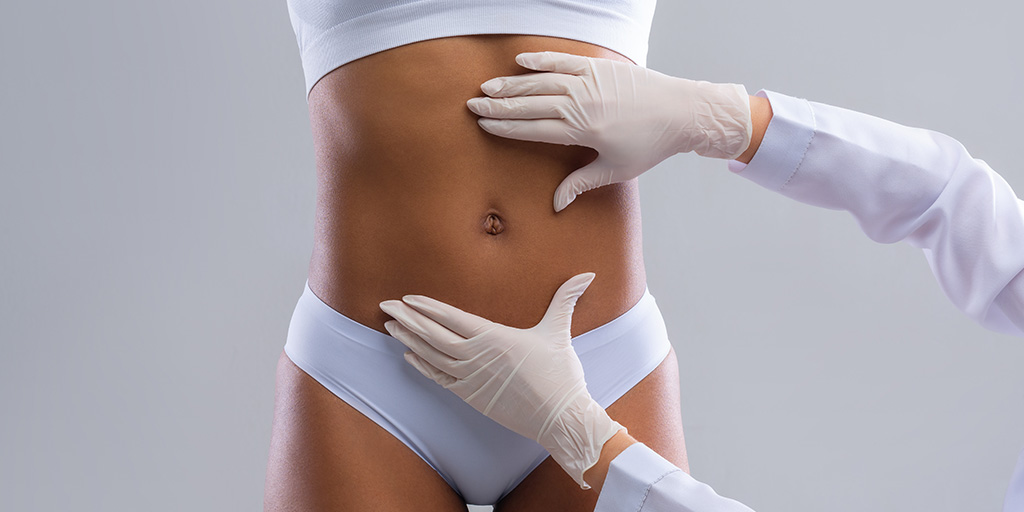Karın Germe
�

Karın Germe - Istanbul'da Karın Germe
Kozmetik sektörü dünyada hızla büyümektedir. Temel amaçları, erkekler ve kadınlar için standart güzellik idealine ulaşmaktır. Karın germe, belirli doku sarkmalarını gidermek için sunulan bir çözümdür. Özellikle hamilelik veya aşırı kilo kaybından sonra ortaya çıkan bu problemler için önerilen bir tedavi şeklidir. Ayrıca, modern zamanlar içinde erkekler de karın germe operasyonuna maruz kalmakta ve eski formlarına kavuşmaya çalışmaktalar. Abdominoplasti, kozmetik ve rekonstrüktif cerrahi kullanılarak fazla deri ve yağlardan kurtulmak mümkündür. Bu büyük bir operasyon olup süresi 1 ile 5 saat arasında değişebilmektedir. Kısmi karın germe 1-2 saat sürmektedir. Gelişen teknolojiler sayesinde cerrahlar ameliyat esnasında oluşabilecek riskleri en aza indirmek için çalışmalar yaparlar ve hastaya ameliyat öncesinden sonrasına kadar karın germesinin gözle görülür farklarından yararlanma imkanı vermeyi isterler.
Kısa Bilgiler
Çalışma Süresi : 1-2 Saat
Anestezi : Lokal Anestezi - Genel Anestezi
Teknikler : Kapalı
Net Sonuç : 6 Ay
Karın Germe Adımları
Karın Germe Etkilenen Bölgeler
Bir abdominoplasti, karın bölgesinin görünümünü değiştirmeyi hedefleyen bir ameliyattır. Bu cerrahi, yağın toplanabileceği orta alanda yer alan kas ve deriyi sıkılaştırarak karın bölgesinde bulunan fazla deriyi ve yağları dikkate alarak gerçekleştirilir. Aynı zamanda cildin sarkmış olması durumunda mons pubisin daha dik hale getirilmesini sağlayabilir. Ameliyat başlarken hastalara anestezi uygulanmaktadır. Doğru anestezi tipini, hastanın sağlık durumu belirler; bu nedenle doktorlar sedasyon veya genel anesteziyi tercih edebilirler. Bir karın germe prosedürü iki ana aşamadan oluşur. İlk aşama, göbek deliğiyle kasık arasında yatay bir kesi yapmaktır. Bu noktada cilt hacmi önemli bir rol oynar. İkinci aşama ise karın kaslarının onarılması için cildin gerdirilmesidir. Üçüncü adım ise alınan yağ ve sarkmış deriyi kesilerin içine alarak kapatmak, sonra ise olumlu estetik sonuçlar elde etmektir. Karın germe ameliyatların maliyetleri ameliyat uzunluğuna ve karmaşıklığa dayanmaktadır.
Abdominoplasti Sonrası Değişim
Karın Germe, insanların vücutlarındaki fazla yağ miktarını azaltmak için tercih edilen bir tür yağ azaltmaktır. Bu ameliyat, artan deri, çatlaklar ve cilt altı dokuyu azaltmak için kullanılabilir. Ancak gözle görülür bir etki olmadıkça insanlar giysi bedenlerinde her zaman değişim olmayacağını unutmamaları gerekir. Bazen, karın germe ameliyatlar sonrasında önemli değişimler ortaya çıksa da bu her zaman böyle olmayacağını unutmayalım. Hatta eğer kıyafet bedenlerinde herhangi bir değişiklik olmasa bile, hastalar genellikle ameliyattan sonra kendilerini daha iyi hisseder ve vücutlarının düz ve şekilli bir karına sahip olmasına neden olurlar. Bu, ameliyat başarısız olduğu anlamına gelmez çünkü odak noktası karın bölgesi - kumaş boyutunu belirleyen her zaman oraya odaklanmaz. Kalça ve pelvis de kefenin boyutunda önemli bir rolleri vardır; yani nefes almada karşılaşacağınız sonuçlar vücudun içerisindeki esnekliği etkileyebilir.
Karın Germe İşlemi Sonrası İyileşme
Karın germe ameliyatlarıyla hedeflenen sonuç, vücudunuzun istenilen oranlarda ince ve dik bir görünüm kazanmasıdır. Ancak beklediğiniz sonucu hemen alamayacağınızı unutmayın. İyileşme dönemini geçerek yeni vücut konturuna kavuşacaksınız. Süreçte geçebilecek şişlikler, iç iyileşme sürecinin hala devam ettiğini gösterir. Hastalar 1-4 hafta sonra arzu ettikleri yeni görüntüye sahip olabilirler ancak izlerin kaybolması birkaç ay sürmektedir. İyileşme süreci çok önemlidir. Doktorunuzun tavsiyeleri ve talimatlarına bağlı kalınmalı, ağır malzemelerin kaldırılması ve nikotin dahil herhangi bir şey tüketilmemesi gibi. Karın germe kemeri ise, şişliği azaltmak için en iyi seçenektir. Bu arac, tedavi edilen alanları kaplar ve onarılan dokunun desteğini sağlar.
Karın Germe Fiyatı
Karın germe ameliyatlarının maliyeti, hangi tür ameliyat uygulanacağına, ne kadar süreceğine ve operasyondan önce ve sonra sağlanan tıbbi bakıma bağlıdır. Bazen az deri ve yağ alarak küçük bir kesi ile yetinilir. Bu daha az zaman alan "kısmi karın germe" denir. Böyle durumlarda daha ucuz olur ancak tam birinden çok daha farklıdır. Tam olarak karmaşıktır; birden fazla kesi yapmak gerekir. Biri kasık bölgesinin üstünde başlar. Diğerisi göbek derisi üzerinden yapılır. Bu iki kesiğin amacı kas ve fasyayı sıkılaştırıp yağ ve sarkık dokuyu uzaklaştırmaktır. Karın germe, uzatma, yüzdürme, çevresel, yüksek lateral gerilim ve liposuction gibi bazı teknikler de mevcuttur. Farklı prosedürleri takiben karın germe izi oluşur ve iyileşmesi zaman alabilir. Bu nedenle, farklı tekniklerin farklı maliyet ölçekleri vardır.
Karın Germe Nedir?
Karın germe, hastaların bedenlerinde istedikleri inceliği sağlamak için uygulanan tıbbi bir yöntemdir.
